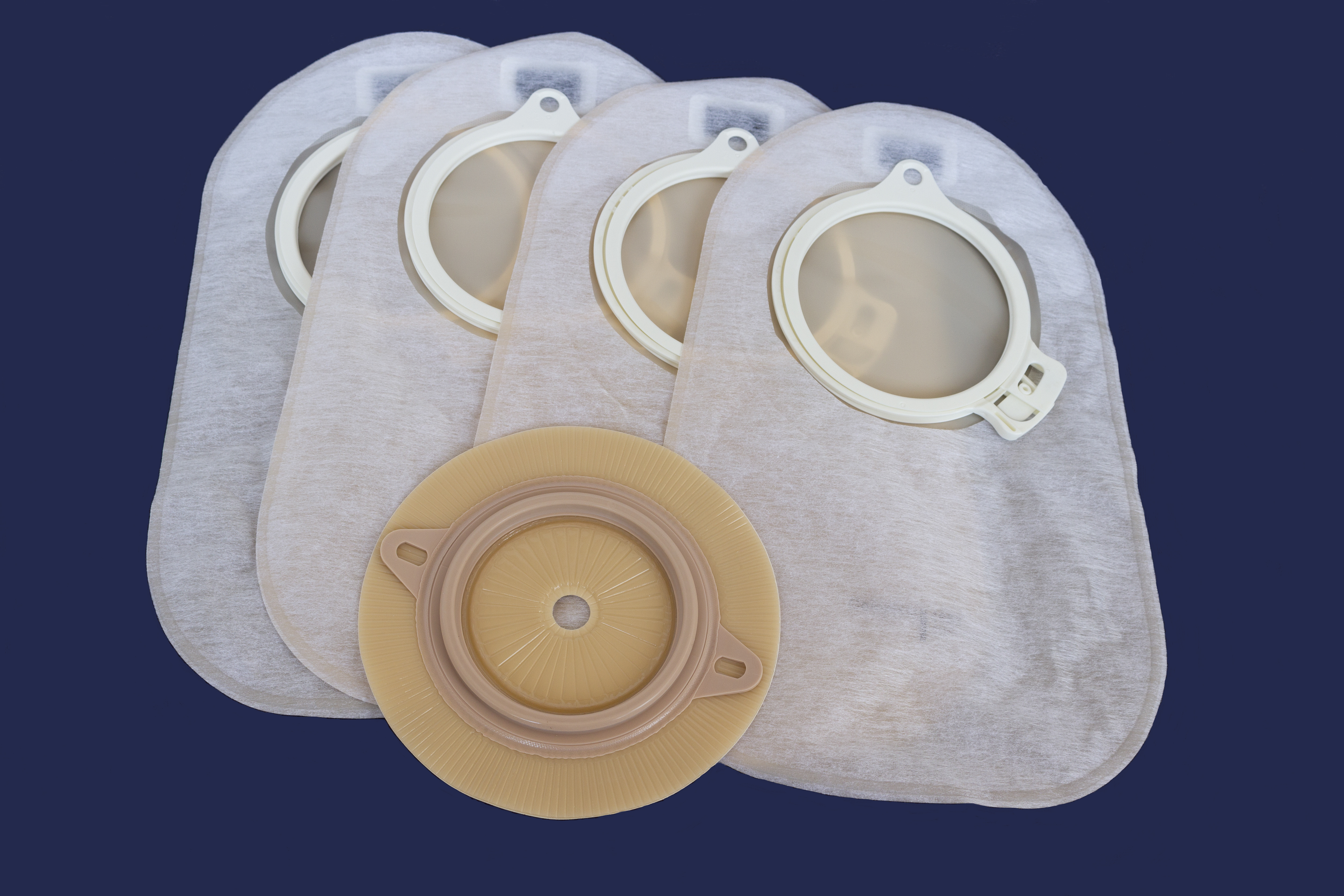Monthly Archives: March 2016
-
March 22, 2016
Choosing the right ostomy pouch for your body and situation is key in securing a comfortable and stress-free life. Read below to learn more about the basics, their differences and where you can find top-quality ostomy products.
What is an Ostomy Pouch?
An ostomy pouch is a medical device that helps to collect waste from the body after specific surgeries. These surgeries can include (but are not limited to) colostomies, ileostomies, and urostomies. During these surgeries, different stomas, or openings, are made for the drainage of waste. When a surgery is particularly extensive or obstructive, a stoma pouch becomes a necessity.
-
March 21, 2016
When there is an injury present, blood usually follows. Bleeding is the body’s way of trying to clean out the wound itself. The blood pushes out anything that may get inside and cause irritation or infection. It’s important to take the right steps after becoming injured to make sure the healing process can take place.
Cleaning the Wound
The first order of business when dealing with cuts and wounds is
-
March 19, 2016
Although undergoing extensive surgery resulting in the use of ostomy products is life changing, you will still be able to life a full and happy life. With the amount of research and technology available, the activities you loved before surgery will be a part of your life after surgery.
Recovering from Surgery
As you can imagine, recovery is key in helping to resume your normal, everyday functions. Depending on the surgery and what your doctor says, a few weeks to a few months is necessary for proper healing to take place. Don’t rush it - the healing process takes time and requires patience. Once you’re ready
-
March 18, 2016
Everyone has unfortunate accidents now and then which can result in blood loss. However small or large the injury, it’s important to know how to stop bleeding for your own good or in the event you need to help someone else.
Applying Direct Pressure
The first step in dealing with an open wound is to apply pressure. Ideally the person bleeding should be the one to apply pressure, if this is not possible then a second person must help. Use any type of cloth or even clothing and apply the pressure for at least 10 to 15 minutes. The next step is to wash the wound with cold water to avoid infection and to help the blood






